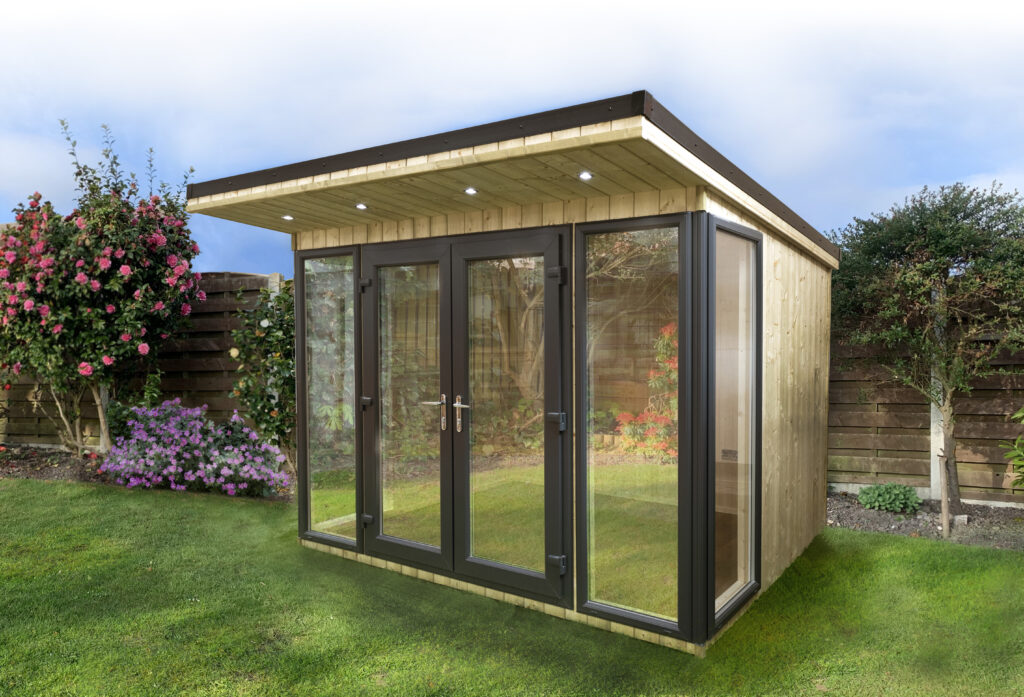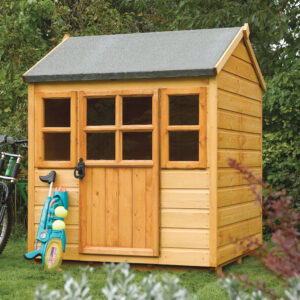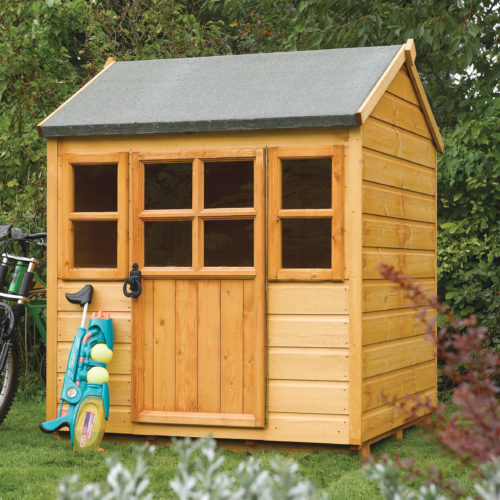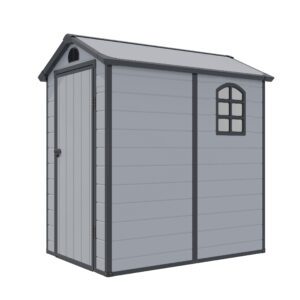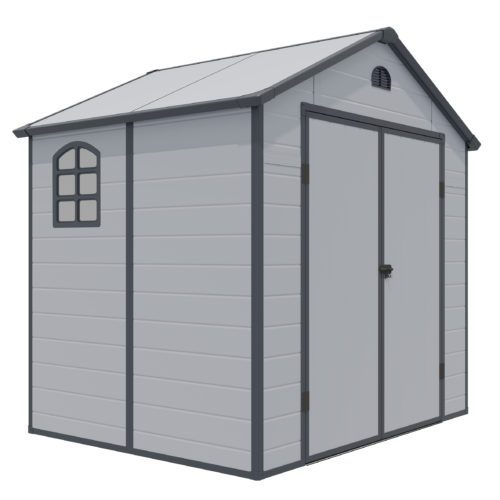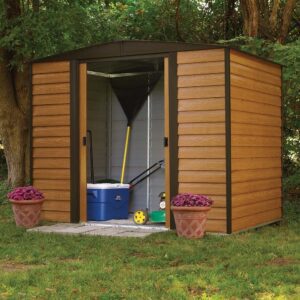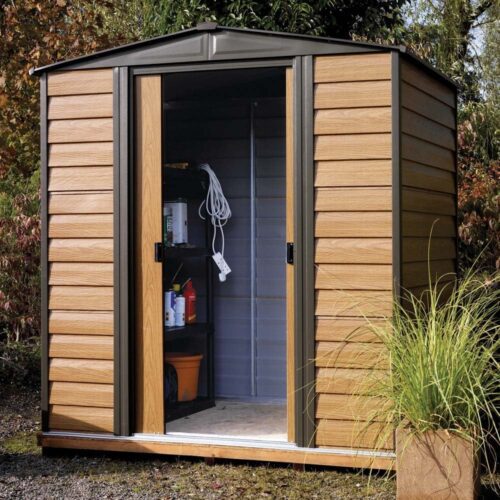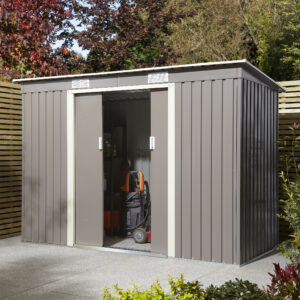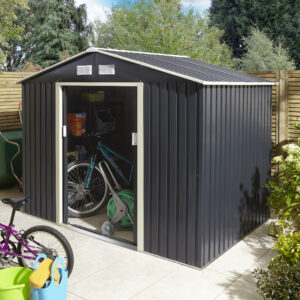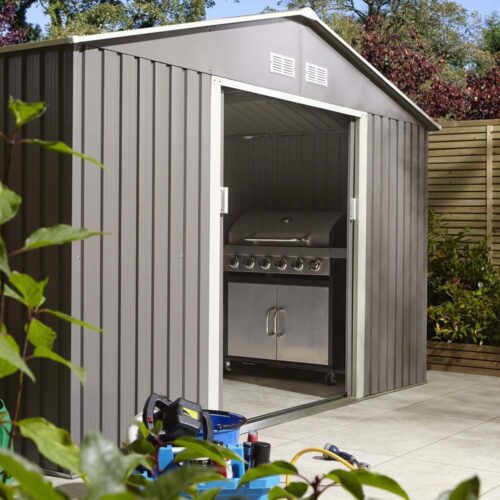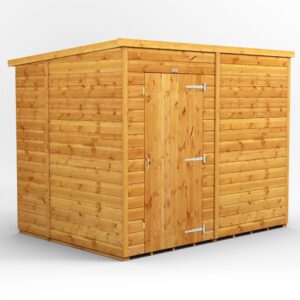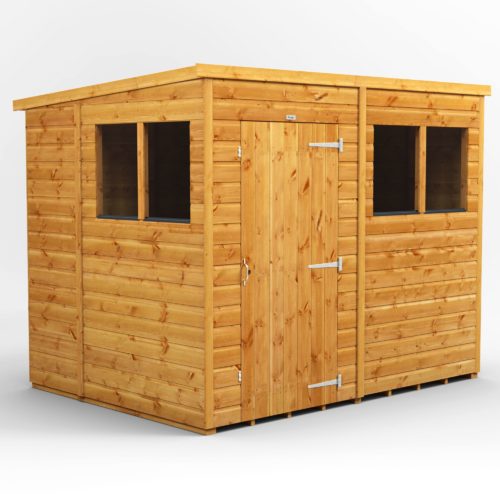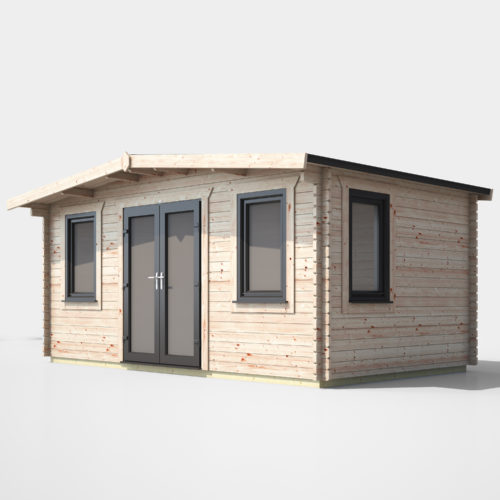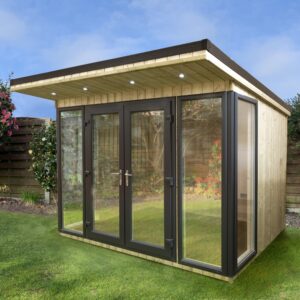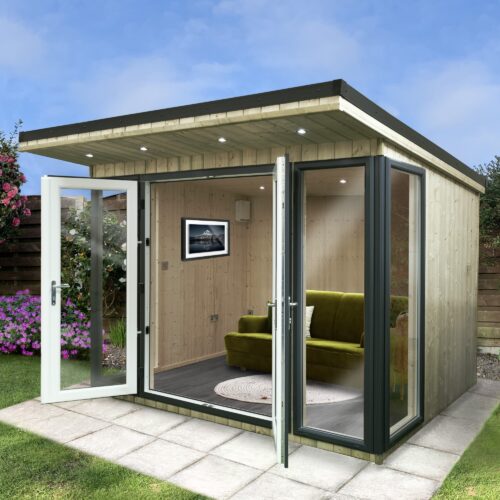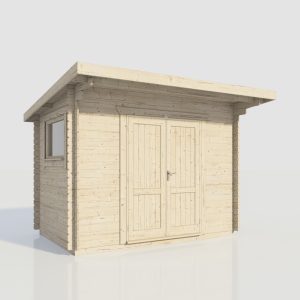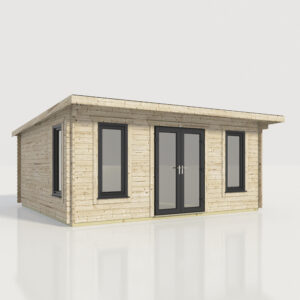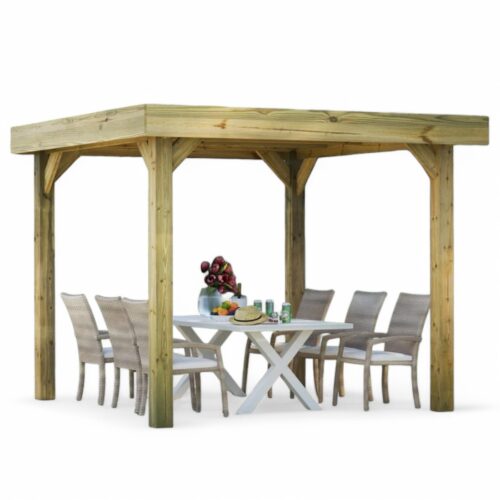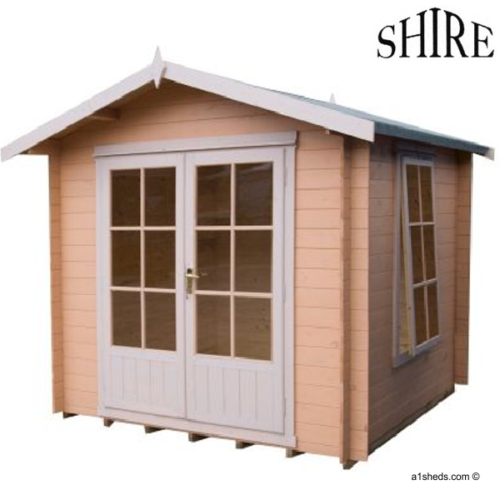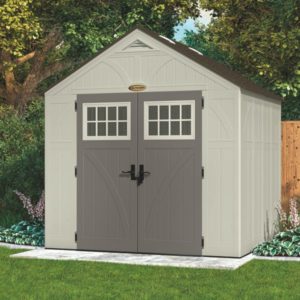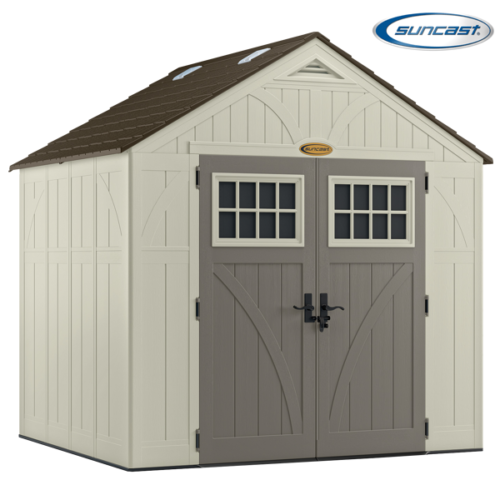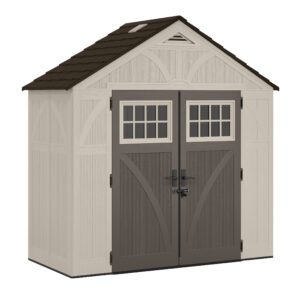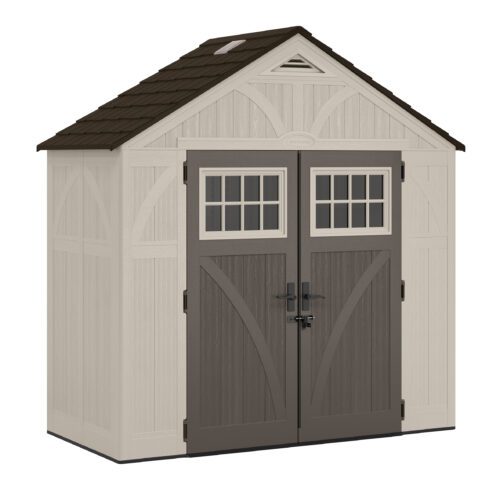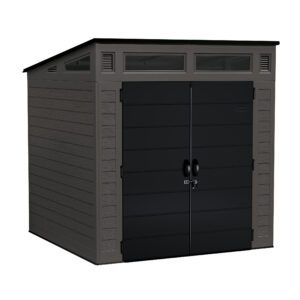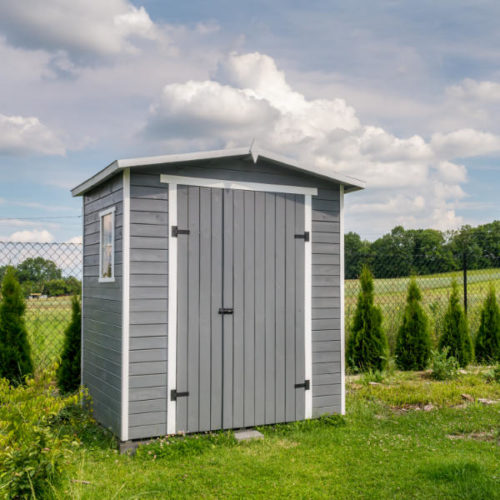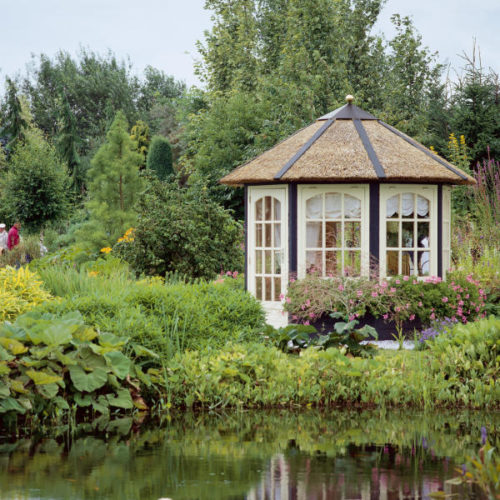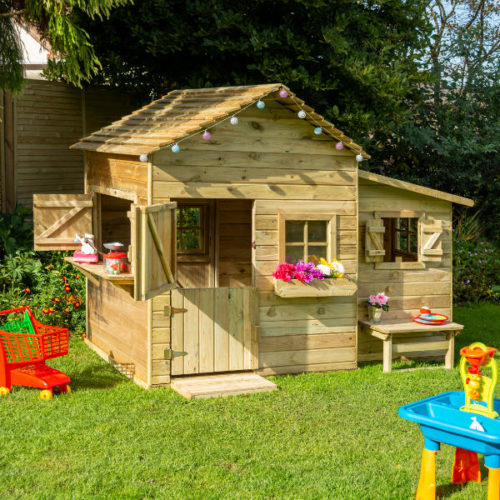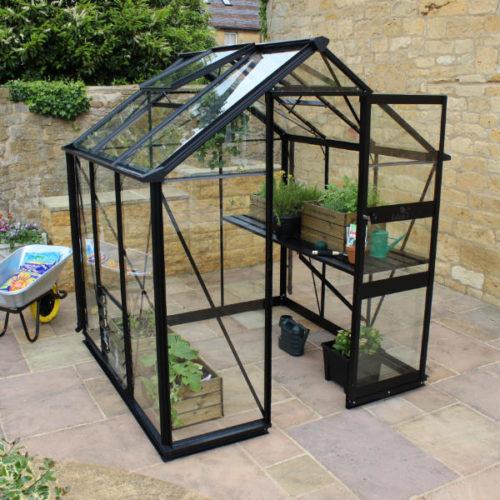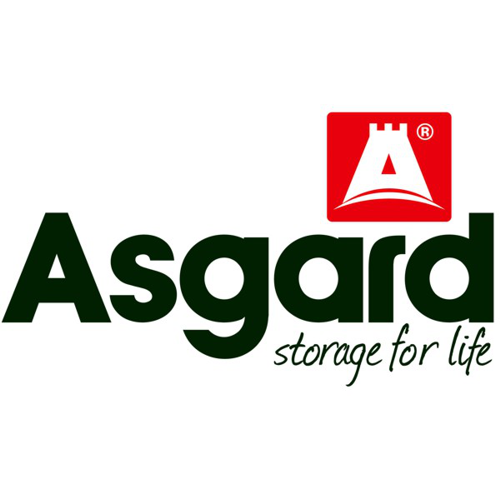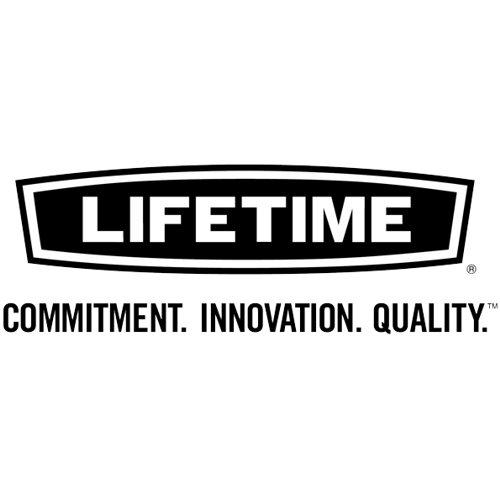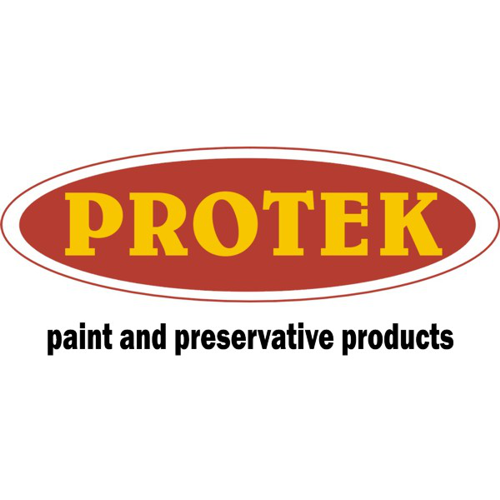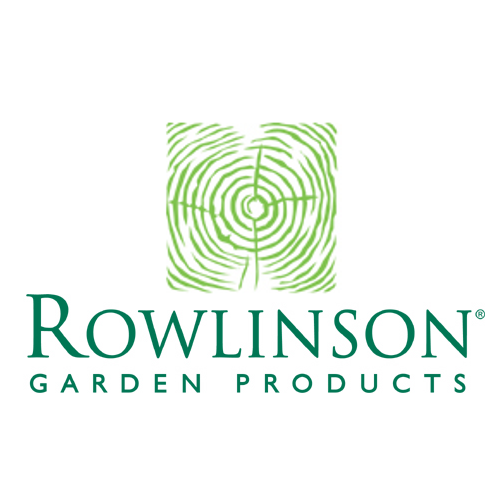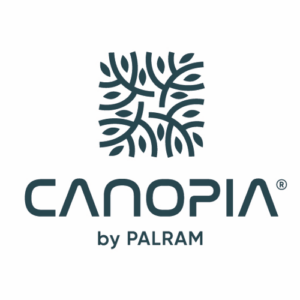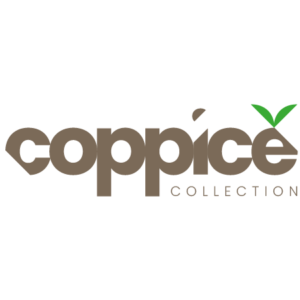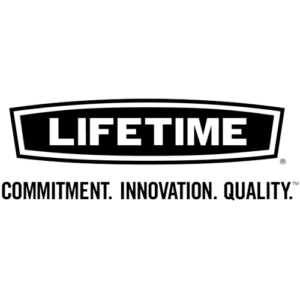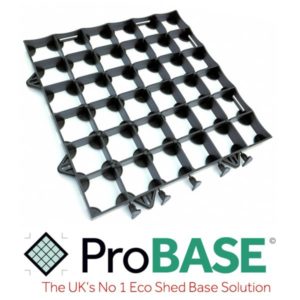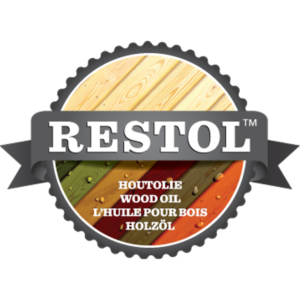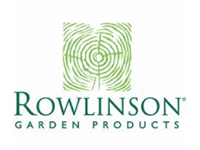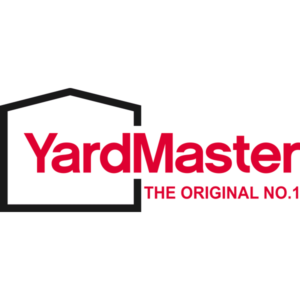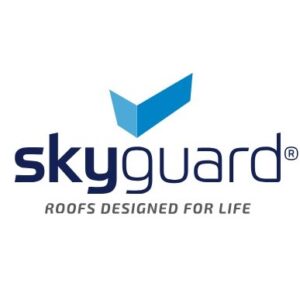• XMAS OFFERS on ALL POWER® Sheds, Summerhouses & Cabins • FREE ASSEMBLY on all TGB Sheds, Summerhouses & Playhouses •
A1 Sheds Offers
A1 Sheds Garden Buildings Range
A1 Sheds is the UK's number one specialist online shed and garden building store. With over 40-years experience, you can choose from thousands of high quality garden rooms, sheds, summerhouses, playhouses and greenhouses, many with FREE INSTALLATION!Looking for something unique?
Are you looking for something completely original, designed for and created especially for you? Are you looking for that perfect garden building?
A1 Sheds make garden sheds, summerhouses, garden rooms and home offices in any size or layout, and we can adjust the wall heights, add windows, and paint them in the factory. We also have our own range of log cabins, and Lugarde cabins, both of which can be custom designed on our online configurators. These are also available pre-painted or stained in a choice of colours and preservatives.
Click below to see how its done & start making that dream turn into reality!
A1 Sheds Partners
We care about our customers
A1 Sheds is your trusted source for premium garden buildings in the UK. With over 40 years of expertise, we take pride in delivering high quality sheds, summerhouses, playhouses and more. A1 Sheds are specialists in the UK garden shed sector, and our vast selection is backed by exceptional customer service.
Are you looking to utilise your garden space?
Here at A1 Sheds and Garden Buildings, we are committed to providing the best service and take great pride in being on-hand to offer professional and practical advice when it comes to all things shed related.
A1 Sheds can provide you with free assembly and installation by a professional team on many products, not to mention the fact that and you can depend on us for quality and cost-effective garden building solutions.
Explore our variety of sheds online
A1 Sheds have a wide range of products available to order online, but if you have any queries, or if you’re seeking something a little bit different, please feel free to give our expert team a call today.
A1 Sheds is a quality shed company that can support your needs.



